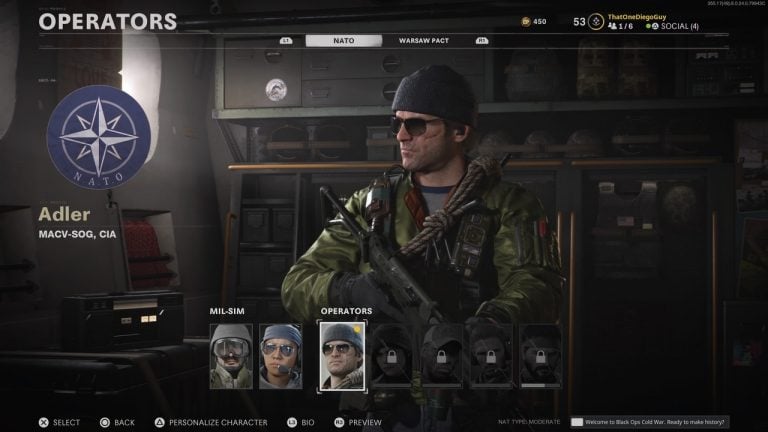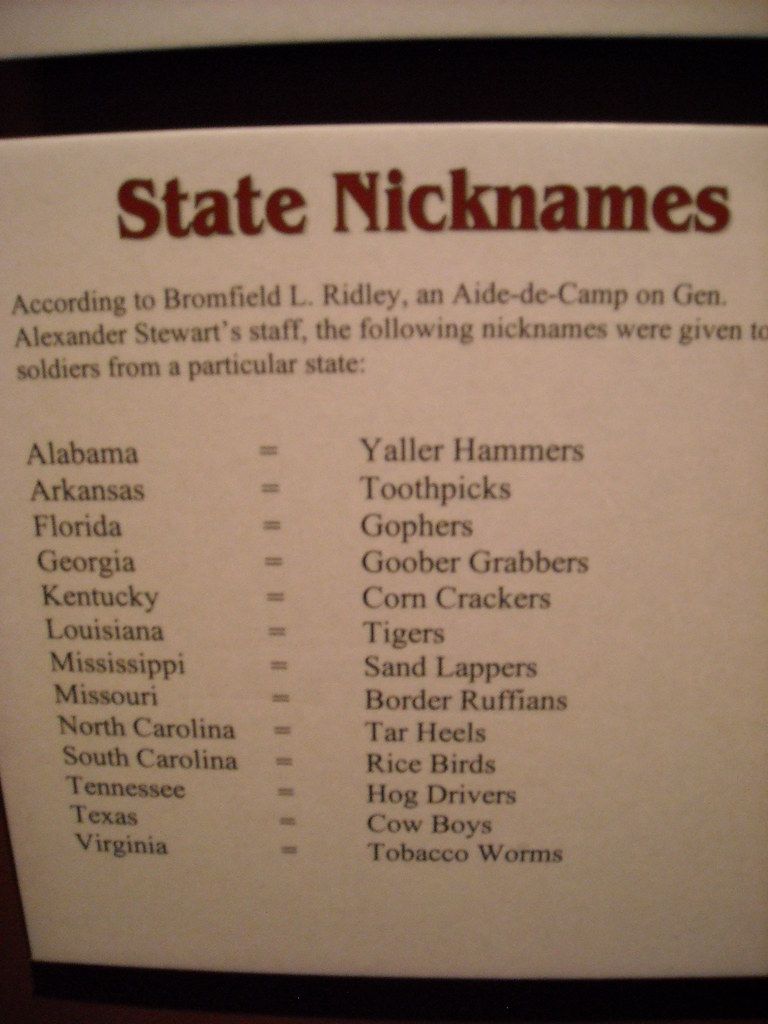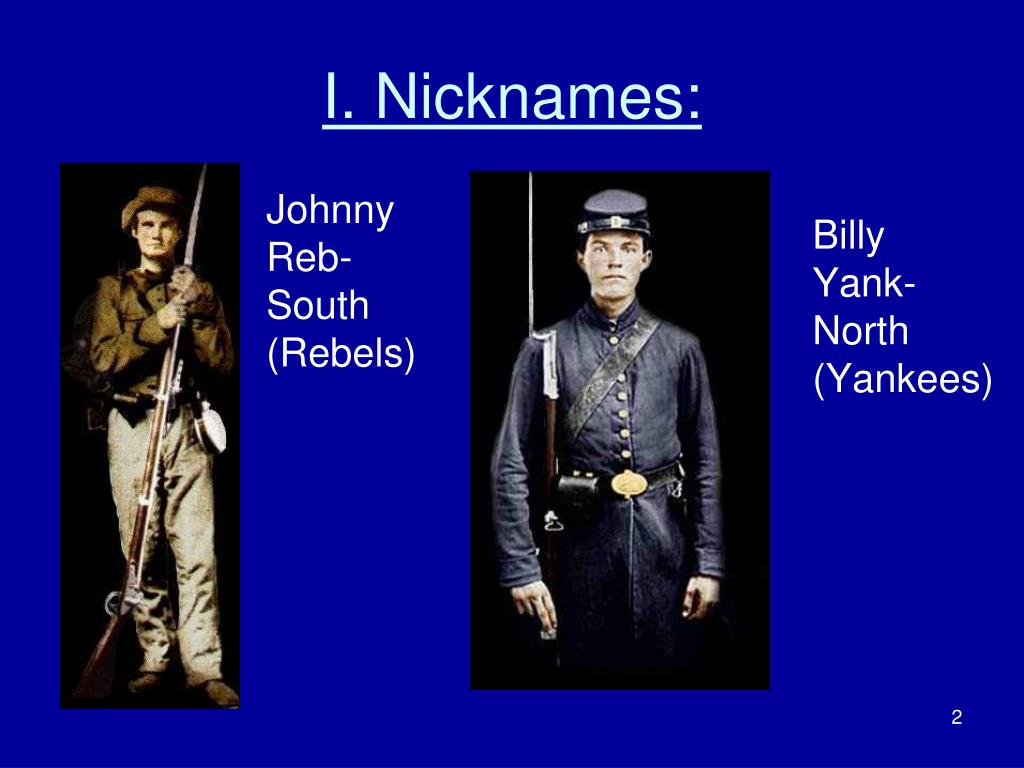
The Cold War was a period of tension and competition between the United States and the Soviet Union that lasted from 1947 to 1991. During this time, both sides developed a number of nicknames for each other and for various aspects of the Cold War itself. These nicknames reflected the complex and often hostile relationship between the two superpowers, as well as the global impact of the conflict.
The Iron Curtain
One of the most famous nicknames of the Cold War was the "Iron Curtain," a term coined by British Prime Minister Winston Churchill in a speech he gave in 1946. The term referred to the division between Western Europe, which was allied with the United States, and Eastern Europe, which was under Soviet control. The Iron Curtain became a symbol of the Cold War and the division between the capitalist West and the communist East.
The Red Menace
The Soviet Union was often referred to as the "Red Menace" during the Cold War, a name that emphasized the perceived threat of communism to the Western world. This nickname was used to describe both the Soviet government and the ideology of communism itself, which was seen as a dangerous and subversive force by many in the West.
The Evil Empire
President Ronald Reagan famously referred to the Soviet Union as the "Evil Empire" in a speech he gave in 1983. This nickname reflected the Reagan administration's hardline stance towards the Soviet Union and its belief that the communist government was a threat to American values and interests. The term was controversial, with some critics arguing that it was overly simplistic and inflammatory.
The Domino Theory

The "Domino Theory" was a nickname used to describe the idea that if one country fell to communism, other neighboring countries would follow suit like a row of falling dominoes. This theory was a key part of American foreign policy during the Cold War, and was used to justify American intervention in a number of conflicts, including the Vietnam War.
The Arms Race

The Cold War was characterized by a massive arms buildup by both the United States and the Soviet Union. This competition to build more and better weapons was known as the "Arms Race," and it was a major source of tension between the two superpowers. Both sides invested heavily in nuclear weapons, which were seen as the ultimate deterrent against attack.
The Space Race
/cdn.vox-cdn.com/uploads/chorus_image/image/56144143/825376624.0.jpg)
The "Space Race" was a competition between the United States and the Soviet Union to explore space and demonstrate their technological superiority. This race began in the late 1950s, with the launch of the Soviet satellite Sputnik, and continued through the 1960s. The United States ultimately won the race by putting a man on the moon in 1969, but the Soviet Union made significant contributions to space exploration as well.
The Berlin Wall

The Berlin Wall was a physical barrier that divided the city of Berlin between East and West. It was built by the Soviet Union in 1961, and it stood as a symbol of the division between the capitalist West and the communist East. The wall was eventually torn down in 1989, marking a major turning point in the Cold War.
The Cuban Missile Crisis

The Cuban Missile Crisis was a tense standoff between the United States and the Soviet Union in 1962. The crisis began when the Soviet Union installed nuclear missiles in Cuba, which is just 90 miles from the United States. The United States responded by implementing a naval blockade of Cuba, and the two sides came close to nuclear war. The crisis was eventually resolved when the Soviet Union agreed to remove the missiles in exchange for a promise from the United States not to invade Cuba.
The Bay of Pigs

The Bay of Pigs was a failed attempt by the United States to overthrow the communist government of Cuba in 1961. The operation was a disaster, with the American-backed forces quickly defeated by the Cuban military. The Bay of Pigs was a major embarrassment for the United States, and it highlighted the difficulties of trying to impose regime change in a foreign country.
The Korean War

The Korean War was a conflict between North Korea, which was backed by the Soviet Union and China, and South Korea, which was backed by the United States and other Western powers. The war lasted from 1950 to 1953, and it was fought to a stalemate. The Korean War was a significant event in the Cold War, and it demonstrated the willingness of the superpowers to use military force to advance their interests.
The Vietnam War

The Vietnam War was a long and costly conflict between North Vietnam, which was backed by the Soviet Union and China, and South Vietnam, which was backed by the United States and other Western powers. The war lasted from 1955 to 1975, and it was marked by guerrilla warfare and heavy casualties on both sides. The Vietnam War was a major source of controversy in the United States, and it contributed to a growing sense of disillusionment with the government and the military.
The Marshall Plan

The Marshall Plan was a program of economic aid that was offered by the United States to Western Europe after World War II. The plan was designed to help rebuild the economies of Europe and prevent the spread of communism. The Marshall Plan was a major success, and it helped to rebuild the shattered economies of Europe and lay the foundation for the postwar economic boom.
The Red Scare

The "Red Scare" was a period of intense anti-communist sentiment in the United States during the late 1940s and early 1950s. The Red Scare was fueled by a number of factors, including the fear of Soviet expansion and the perceived threat of communist infiltration in American society. The Red Scare led to a number of high-profile trials and hearings, including the trial of Julius and Ethel Rosenberg, who were accused of passing atomic secrets to the Soviet Union.
The Sputnik Moment

The "Sputnik Moment" was a term used to describe the shock and awe that Americans felt when the Soviet Union launched the first satellite, Sputnik, in 1957. The launch of Sputnik was a significant event in the Cold War, and it demonstrated the technological superiority of the Soviet Union. The Sputnik Moment led to increased investment in science and technology in the United States, and it helped to spur the space race.
The Brinksmanship

The "Brinksmanship" was a term used to describe the strategy of pushing a dangerous situation to the brink of disaster in order to achieve a desired outcome. This strategy was used by both the United States and the Soviet Union during the Cold War, and it was particularly evident during the Cuban Missile Crisis. Brinksmanship was a risky strategy, as it could easily lead to war if one side misjudged the other's intentions.
The MAD Doctrine

The "MAD Doctrine" was a strategy of nuclear deterrence that was used by both the United States and the Soviet Union during the Cold War. MAD stands for "Mutually Assured Destruction," and the doctrine held that if one side launched a nuclear attack, the other side would respond in kind, leading to the total annihilation of both countries. The MAD Doctrine was a key part of the Cold War, and it helped to prevent a nuclear war between the superpowers.
The Detente

The "Detente" was a period of relaxation of tensions between the United States and the Soviet Union that began in the early 1970s. The Detente was marked by a series of arms control agreements and other diplomatic initiatives that helped to reduce the risk of nuclear war. The Detente was a significant event in the Cold War, and it helped to pave the way for improved relations between the two superpowers.
The Perestroika
The "Perestroika" was a series of reforms that were initiated by Soviet leader Mikhail Gorbachev in the 1980s. The reforms were designed to modernize the Soviet economy and political system, and to improve relations with the West. The Perestroika was a significant event in the Cold War, and it helped to pave the way for the eventual collapse of the Soviet Union.
The Glasnost

The "Glasnost" was a policy of openness and transparency that was also initiated by Mikhail Gorbachev in the 1980s. The policy was designed to encourage public discussion and debate about the problems facing the Soviet Union, and to promote greater political freedom. The Glasnost was a significant event in the Cold War, and it helped to pave the way for the eventual collapse of the Soviet Union.
The Conclusion
Overall, the Cold War was a complex and multifaceted conflict that had a profound impact on world history. The nicknames that were used during this period reflected the tensions and rivalries between the United States and the Soviet Union, as well as the global impact of the conflict. While the Cold War officially ended in 1991 with the collapse of the Soviet Union, its legacy continues to be felt around the world today.